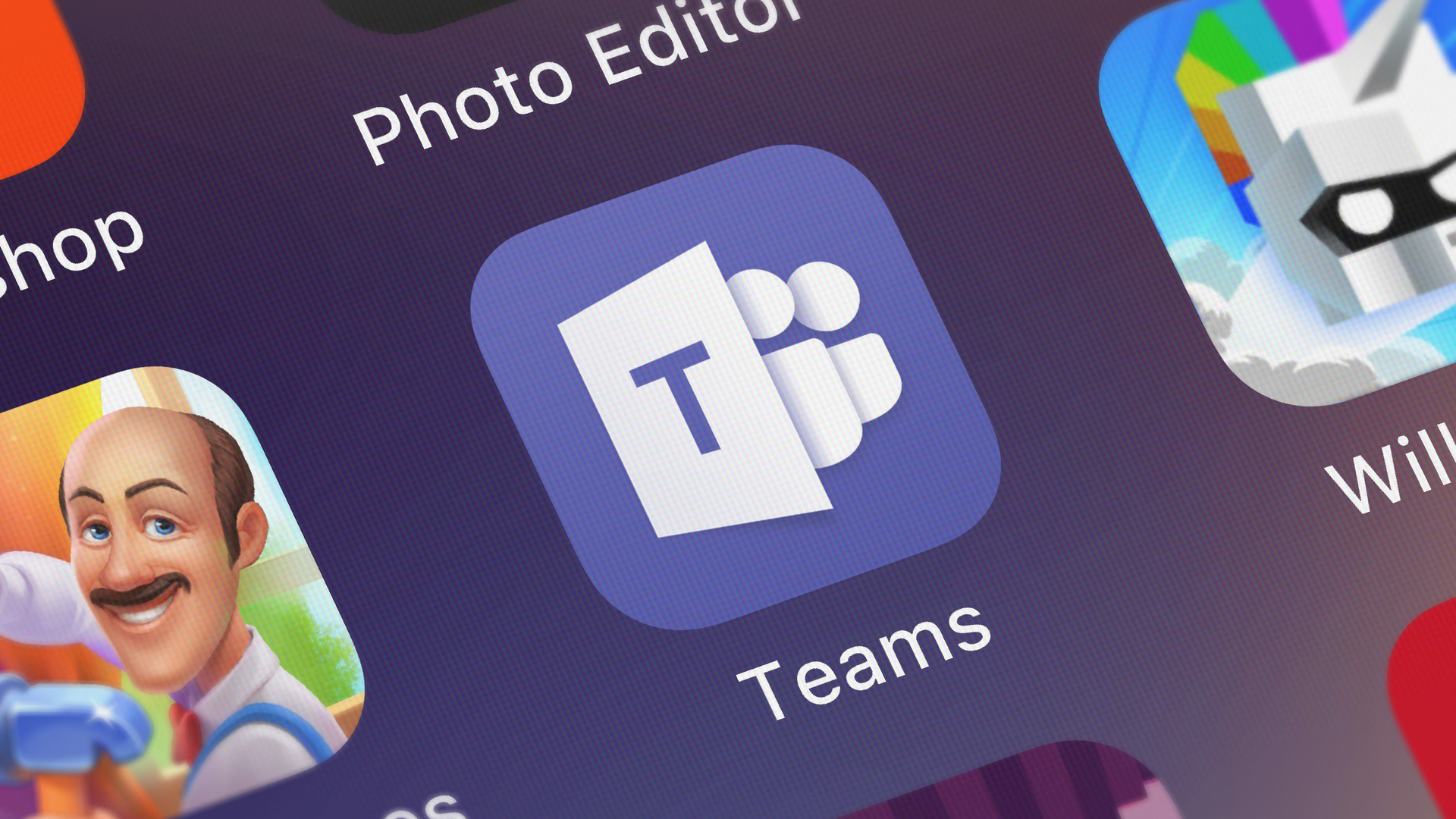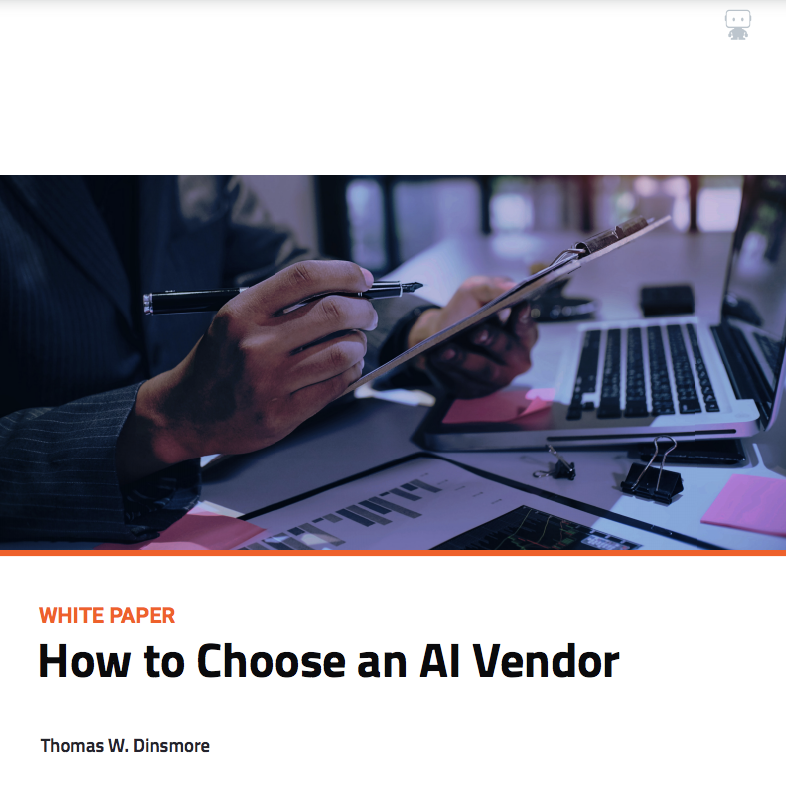Microsoft Teams moves beyond the workplace
A personal version of the video conferencing platform offers free all-day video calls

Microsoft unveiled a personal version of Microsoft Teams on Monday that allows users to use the video conferencing platform to chat with friends and family via free all-day video calling.
Like the business version of Microsoft Teams, the personal version allows people to easily share calendar invites, polls, and other files during video chats.
The new service is free, and anyone who already has a Microsoft Teams account for work can easily add a personal account. If you don’t have a work account, you can download the Teams Apple, Android, or desktop apps and create a free personal account.
Teams will allow you to video chat with another caller one-on-one for up to 24 hours for free. For now, it also allows free video calls with up to 300 people for 24 hours. Eventually, there’ll be a 60-minute limit for video calls for calls with up to 100 participants, but Microsoft waives that limit due to the pandemic.
The personal version of Teams also enables callers to use “Together Mode,” an artificial intelligence-based feature that places a user’s digital avatar in a virtual space. It essentially takes your face and shoulders and puts you alongside the other members of the call in a virtual theatre.
RELATED RESOURCE

By placing all the callers in a virtual room, Together Mode attempts to cut down on video chat fatigue and make video conferencing less tiring. The common experience in video calls puts participants in little boxes, tiled across your screen. But the discontinuity of everyone in a call having different backgrounds fragments this view, making it harder to pick people out, leading to creeping visual fatigue.
Microsoft introduced Together Mode on Teams last summer. The thinking behind the change was to make users feel more "connected," according to Microsoft. It wanted Teams to be more inclusive by making people more visible when they join conference calls. To do this, it also added a “Dynamic View,” which allows users to share content side-by-side with other participants.
Get the ITPro daily newsletter
Sign up today and you will receive a free copy of our Future Focus 2025 report - the leading guidance on AI, cybersecurity and other IT challenges as per 700+ senior executives
By making Teams available to the general public for non-work use, Microsoft aims to make Teams more of an everyday experience - similar to the way people use certain apps, like Google Chat, both at work and in their personal lives.
-
 Bigger salaries, more burnout: Is the CISO role in crisis?
Bigger salaries, more burnout: Is the CISO role in crisis?In-depth CISOs are more stressed than ever before – but why is this and what can be done?
By Kate O'Flaherty Published
-
 Cheap cyber crime kits can be bought on the dark web for less than $25
Cheap cyber crime kits can be bought on the dark web for less than $25News Research from NordVPN shows phishing kits are now widely available on the dark web and via messaging apps like Telegram, and are often selling for less than $25.
By Emma Woollacott Published